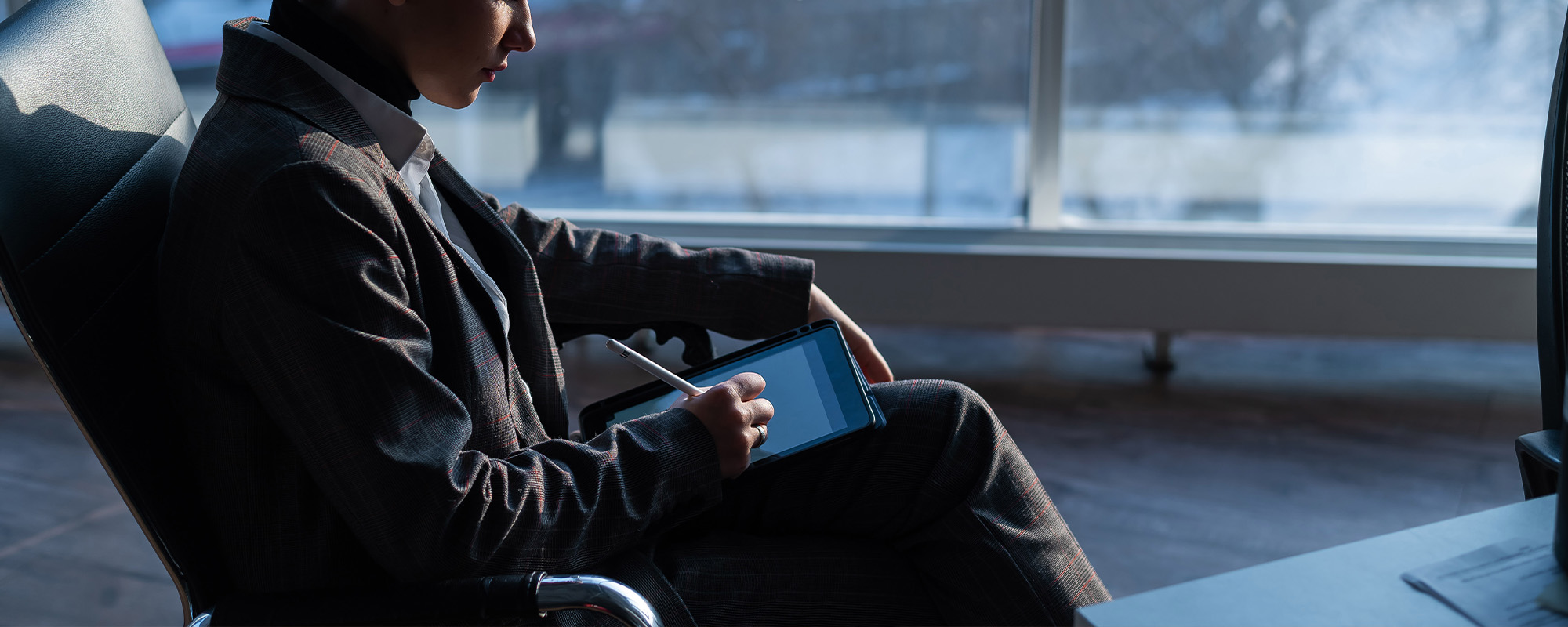
As reflected by the old saying “Pedestrians always have the right of way,” many regions of the United States do grant the right of way to pedestrians in most cases. In fact, more often than not, the driver is considered at fault for an accident. There are some circumstances, however, in which the fault does lie with the pedestrian — jaywalking is just one scenario that can lead to shared liability.
Jaywalking Laws in Washington D.C., Maryland, and Virginia
Pedestrians in the majority of the United States can legally “jaywalk” for the most part, but if they disregard the fact that they are supposed to yield to traffic or engage in other careless actions, they could be held partially liable for an accident. For example, in many jurisdictions — such as Washington, D.C., and Virginia — the law mandates that pedestrians have the right of way when crossing intersections at “unmarked crosswalks” as long as the pedestrian is crossing in a straight line, which is easier for drivers to predict and does not suddenly attempt to cross without giving drivers enough time to yield.
On the contrary, some states do not give pedestrians the right of way at unmarked crosswalks. For instance, Maryland law requires pedestrians to yield the right of way to vehicles when crossing anywhere outside a marked crosswalk. This law applies even if no marked crosswalk is present at an intersection.
Comparative and Contributory Negligence
In some states, the judge or jury will determine a pedestrian’s percentage of fault and adjust compensation accordingly. This is called comparative negligence, and most jurisdictions follow these guidelines for pedestrians.
Washington, D.C., Maryland, and Virginia do not follow comparative negligence for pedestrians. Instead, they adhere to contributory negligence, meaning that even if the injured party is only minorly responsible for the accident, they are not entitled to any compensation. For this reason, it is informally referred to as the “1% rule,” since you could be 1% responsible for an accident and still have your claim denied.
What Renders a Pedestrian Liable?
Some scenarios in which pedestrians are at fault include:
- Texting or talking on the phone while walking
- Walking under the influence of drugs or alcohol
- Walking while using headphones at a volume that impairs hearing
- Ignoring traffic rules
- Ignoring street signs
- Running into the road at a second’s notice
- Inattentively exiting or entering their own vehicle
When Is the Driver Liable?
As mentioned, the driver is going to be held liable in most cases in the majority of the United States, as laws generally require that drivers yield to pedestrians.
The driver will most likely be held responsible for an accident if they were engaging in one or more of the following negligent actions:
- Distracted driving
- Driving under the influence of drugs or alcohol
- Drowsy driving
- Failing to slow down at a crosswalk
- Failing to lawfully yield to a pedestrian
- Speeding
In addition, if a driver did stop to allow a pedestrian to cross, even at an unmarked crosswalk, it is illegal in many jurisdictions for another driver to pass them.
Were You Involved in an Accident?
After being involved in a severe crash, the injured party often faces long recovery times and expensive medical bills. They may also be traumatized by the event and suffer from emotional or mental distress. Simeone & Miller, LLP can provide victims of negligence with sound legal representation so that they can focus on healing and get back to their lives. If you were injured in an accident, our attorneys can help fight to recover compensation for you.
